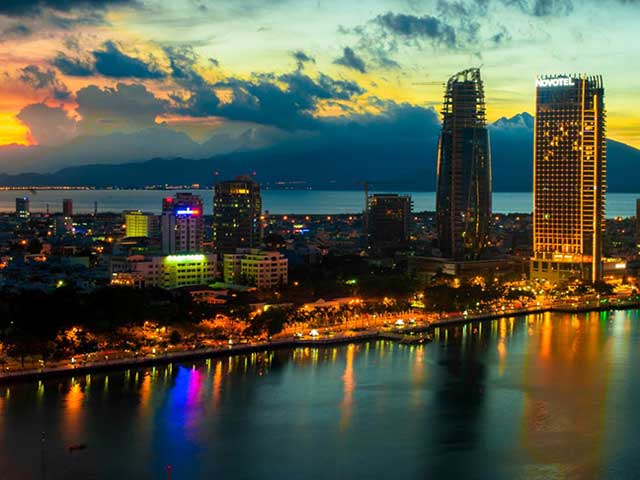The Trang An Tourism Complex in Vietnam’s northern Ninh Binh province has been declared a World Culture and Nature Heritage site by the United Nations Educational Scientific and Cultural Organisation (UNESCO).
It is the first heritage site in the country that combines both natural and cultural aspects required by UNESCO.
The recognition was announced at a meeting of the Heritage Committee of the United Nations’ Educational, Scientific and Cultural Organisation in Doha, Qatar.
The Trang An Tourism Complex consists of three adjacent areas. These consist of the cultural area, the ancient capital of Hoa Lu (under three shortlived dynasties – Dinh, early Le and early Ly between 968 and 1009).
The natural aspects are the limestone peaks, streams and caves at Trang An, Tam Coc and Bich Dong and Hoa Lu.
Then there is the primeval forest. The whole complex covers 4,000 ha – and a buffer zone of beautiful green paddy fields.
Situated on the southern shore of the Red River Delta, Trang An is a spectacular landscape of limestone karst peaks permeated with valleys, some of which are submerged, and surrounded by steep, almost vertical cliffs.
Exploration of some of the highest altitude caves that are dotted across the landscape has revealed archaeological traces of human activity dating back almost 30,000 years. They illustrate the occupation of these mountains by hunter-gatherers and how they adapted to climatic and environmental changes.
Vietnam now has eight World Heritage sites: Halong Bay (Quang Ninh province); Phong Nha Ke Bang National Park (Quang Binh province); Hue Complex of Monuments (Thua Thien Hue province); Hoi An Ancient Town, My Son Sanctuary (Quang Nam province); Thang Long Imperial Citadel (Hanoi) and Ho Citadel (Thanh Hoa province).
The newly recognised Trang An complex meets UNESCO’s three criteria for possessing cultural, aesthetic and geographical values.














0 comments:
Post a Comment